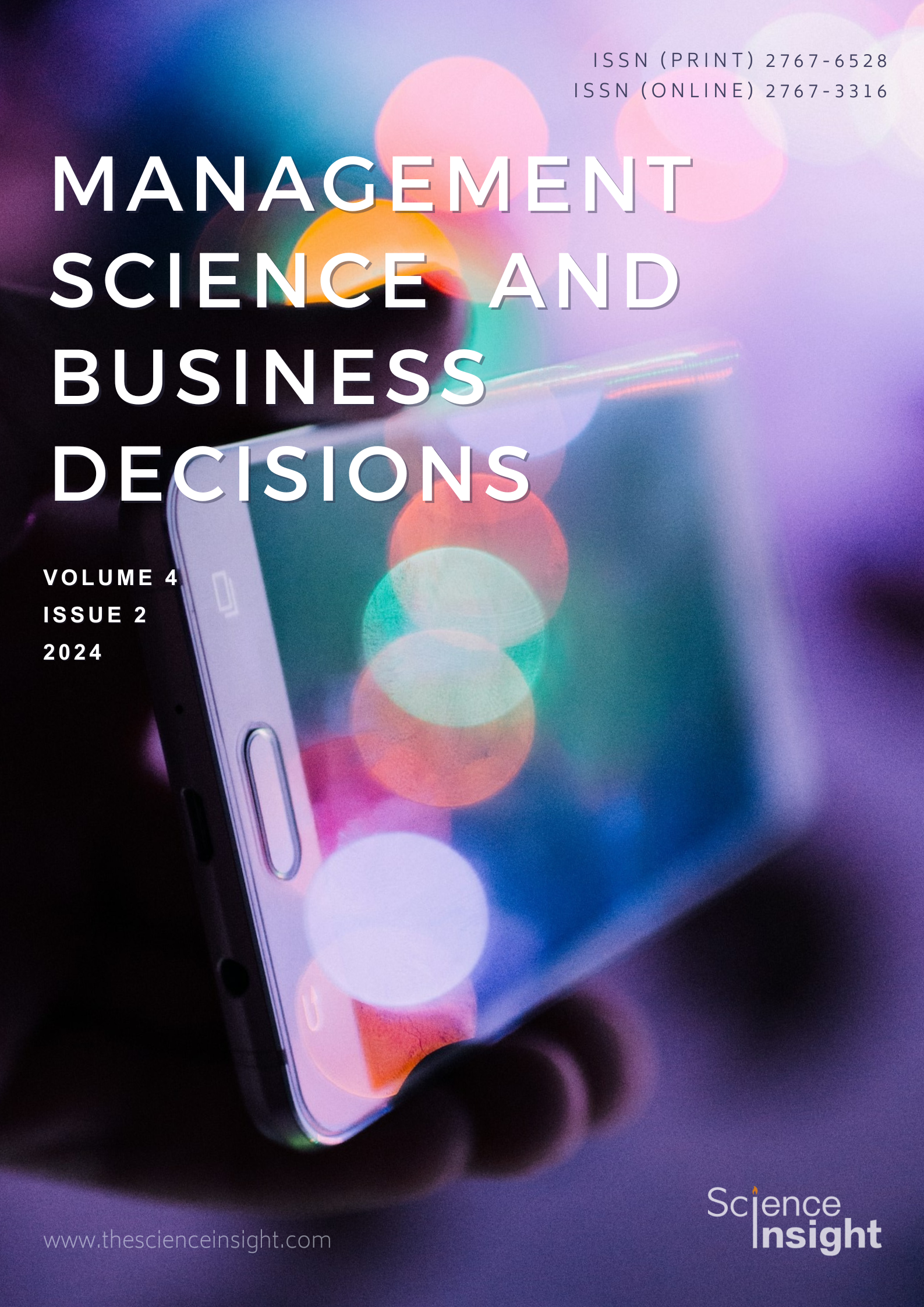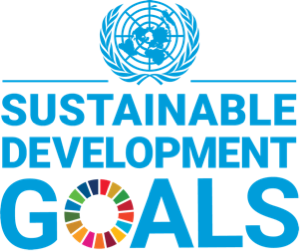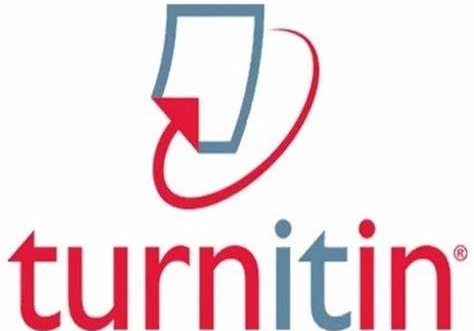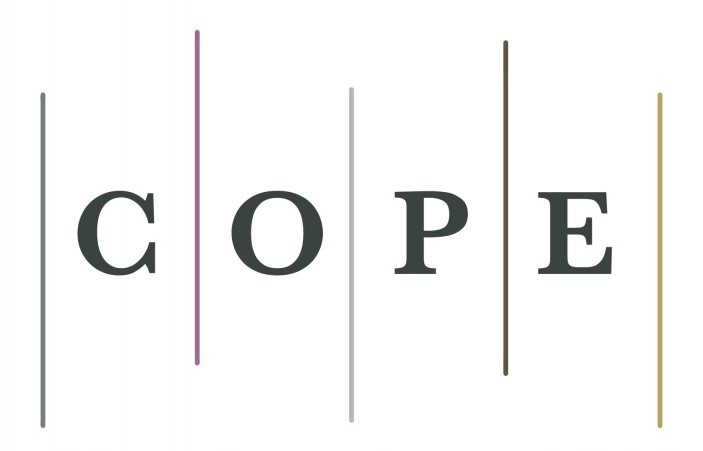Halal Beauty Unveiled: Investigating Repurchase Intentions for South Korean Cosmetics among Indonesian Muslim Consumers
DOI:
https://doi.org/10.52812/msbd.95Keywords:
Celebrity Endorsement, Attitude, Brand Image, Repurchase Intention, ReligiosityAbstract
Indonesia holds the distinction of being the most populous nation with a Muslim majority globally. Nevertheless, there is a significant demand for halal-certified cosmetic products, particularly those originating from South Korea, among individuals who are passionate about cosmetics. Hence, the primary objective of this research is to examine the determinants that impact the inclination of Indonesian Muslim customers to repurchase cosmetic items lacking halal certification. The foundation of this study framework is rooted in the stimulus-organism-response (SOR) model. The present study examined 259 samples, revealing a significant association between celebrity endorsement and the enhancement of both attitude and brand image. The influence of brand image on the intention to repurchase halal-certified cosmetic items is also beneficial. In contrast, consumers' attitude does not influence their desire to repurchase cosmetics, provided that the products maintain their halal certification. Religiosity does not possess the capacity to regulate the association between attitude and repurchase intention.
References
Abd Rahman, A., Asrarhaghighi, E., & Ab Rahman, S. (2015). Consumers and Halal cosmetic products: Knowledge, religiosity, attitude and intention. Journal of Islamic Marketing, 6(1), 148–163. https://doi.org/10.1108/JIMA-09-2013-0068
AHK Indonesia. (2022). Indonesian Halal cosmetic segment continues to sparkle. AHK Indonesien https://indonesien.ahk.de/infothek/news/news-details/indonesian-halal-cosmetic-segment-continues-to-sparkle
Albert, N., Ambroise, L., & Valette-Florence, P. (2017). Consumer, brand, celebrity: Which congruency produces effective celebrity endorsements?. Journal of Business Research, 81, 96–106. https://doi.org/10.1016/j.jbusres.2017.08.002
Ali, A., Sherwani, M., Ali, A., Ali, Z., & Sherwani, M. (2021). Investigating the antecedents of halal brand product purchase intention: An empirical investigation. Journal of Islamic Marketing, 12(7), 1339–1362. https://doi.org/10.1108/JIMA-03-2019-0063
Bailleux, V. & Menache, A. (2021). The Korean skincare conquest: A qualitative study about Korean skincare product’s popularity in France (Master’s thesis). Umeå University. https://www.diva-portal.org/smash/record.jsf?pid=diva2:1601766
Branchik, B. J., & Chowdhury, T. G. (2017). Men Seeing Stars: Celebrity Endorsers, Race, and The Male Consumer. Journal of Marketing Theory and Practice, 25(3), 305–322. https://doi.org/10.1080/10696679.2017.1311216
Chan, K., Leung Ng, Y., & Luk, E. K. (2013). Impact of celebrity endorsement in advertising on brand image among Chinese adolescents. Young Consumers, 14(2), 167–179. https://doi.org/10.1108/17473611311325564
Chinomona, R. (2016). Brand communication, brand image and brand trust as antecedents of brand loyalty in Gauteng Province of South Africa. African Journal of Economic and Management Studies, 7(1), 124–139. https://doi.org/10.1108/AJEMS-03-2013-0031
Declan, T. (2023). Muslim consumer expenditure on cosmetics worldwide in 2021, by leading country (in billion U.S. dollars). https://remote-lib.ui.ac.id:6499/statistics/795040/global-muslim-expenditure-on-cosmetics/
El-Menouar, Y. (2014). The five dimensions of Muslim religiosity. Results of an empirical study. Methods, Data, Analyses, 8(1), 26. https://doi.org/10.12758/mda.2014.003
Hair, J. F., Black, W. C., & Babin, B. J. (2017). Multivariate Data Analysis: A Global Perspective. Pearson Education.
Handriana, T., Yulianti, P., Kurniawati, M., Arina, N. A., Aisyah, R. A., Ayu Aryani, M. G., & Wandira, R. K. (2021). Purchase behavior of millennial female generation on Halal cosmetic products. Journal of Islamic Marketing, 12(7), 1295–1315. https://doi.org/10.1108/JIMA-11-2019-0235
Khraim, H. (2010). Measuring religiosity in consumer research from an Islamic perspective. Journal of Economic and Administrative Sciences, 26(1), 52–78. https://doi.org/10.1108/10264116201000003
Kim, T., Seo, H. M., & Chang, K. (2017). The impact of celebrity-advertising context congruence on the effectiveness of brand image transfer. International Journal of Sports Marketing and Sponsorship, 18(3), 246–262. https://doi.org/10.1108/IJSMS-08-2017-095
McCormick, K. (2016). Celebrity endorsements: Influence of a product-endorser match on Millennials attitudes and purchase intentions. Journal of Retailing and Consumer Services, 32, 39–45. https://doi.org/10.1016/j.jretconser.2016.05.012
Ngah, A. H., Tuan Mansor, T. M., Gabarre, C., Rahi, S., Khan, S., & Ahmad, R. (2023). I love my cosmetics: Educated young Muslim’s behaviour of non-halal certified cosmetics. Journal of Islamic Marketing, 14(11), 2798–2820. https://doi.org/10.1108/JIMA-06-2021-0196
Petruzzi, D. (2023a). Annual growth of the global cosmetics market from 2004 to 2022. https://remote-lib.ui.ac.id:6499/statistics/297070/growth-rate-of-the-global-cosmetics-market/
Petruzzi, D. (2023b). Breakdown of the cosmetic market worldwide 2022, by geographic zone. https://remote-lib.ui.ac.id:6499/statistics/243959/breakdown-of-the-cosmetic-market-worldwide-by-geographic-zone/
Rai, J. S., Yousaf, A., Itani, M. N., & Singh, A. (2021). Sports celebrity personality and purchase intention: The role of endorser-brand congruence, brand credibility and brand image transfer. Sport, Business and Management: An International Journal, 11(3), 340–361. https://doi.org/10.1108/SBM-06-2020-0062
Raju, & Roshan. (2022). Halal Cosmetics Market by Product Type (Personal Care Products, Color Cosmetics, Fragrances), by Application (Hair Care, Skin Care, Face Care, Beauty Care), by Distribution Channel (Offline, Online): Global Opportunity Analysis and Industry Forecast, 2020-2031. https://www.alliedmarketresearch.com/press-release/halal-cosmetics-market.html
Rizaty, M. A. (2022). Indonesia’s Muslim Population Largest in the World in 2022 [Jumlah Penduduk Muslim Indonesia Terbesar di Dunia pada 2022]. Data Indonesia. https://dataindonesia.id/ragam/detail/populasi-muslim-indonesia-terbesar-di-dunia-pada-2022
Sekaran, U., & Bougie, R. (2016). Research Methods For Business: A Skill Building Approach. John Wiley & Sons. https://books.google.co.id/books?id=Ko6bCgAAQBAJ
Shahid, S., Ahmed, F., & Hasan, U. (2018). A qualitative investigation into consumption of halal cosmetic products: The evidence from India. Journal of Islamic Marketing, 9(3), 484–503. https://doi.org/10.1108/JIMA-01-2017-0009
Shahid, S., Parray, M. A., Thomas, G., Farooqi, R., & Islam, J. U. (2022). Determinants of Muslim consumers’ halal cosmetics repurchase intention: An emerging market’s perspective. Journal of Islamic Marketing, 14(3), 826–850. https://doi.org/10.1108/JIMA-08-2021-0265
Statista. (2023a). Revenue of the beauty & personal care market worldwide from 2014 to 2027. https://remote-lib.ui.ac.id:6499/forecasts/1244578/beauty-and-personal-care-global-market-value?locale=en
Statista. (2023b). Total value of halal consumer spending worldwide in 2021 and forecast for 2025, by category. https://remote-lib.ui.ac.id:6499/statistics/1232904/global-halal-consumer-spending-value-by-category/
Statista. (2023c). Production value of cosmetics in South Korea from 2014 to 2022(in trillion South Korean won). Statista. https://www.statista.com/statistics/710003/south-korea-cosmetics-production-value/
Suryati. (2021). Ipsos Global Trends 2021: Online Shopping and Local Products Dominate Indonesian Consumer Choices [Ipsos Global Trends 2021: Belanja Online dan Produk Lokal Dominasi Pilihan Konsumen Indonesia]. Ipsos. https://www.ipsos.com/sites/default/files/ct/news/documents/2021-12/%5BPress%20Release%5D%20Ipsos%20Global%20Trends%202021%20-%20Belanja%20Online%20dan%20Produk%20Lokal%20Dominasi%20Pilihan%20Konsumen%20Indonesia.pdf
Trisandri, M. I. R., Alkautsar, S. A., & Saleh, M. Z. (2024). Skincare Marketing In Indonesia: A South Korean Popular Culture Phenomenon [Pemasaran Skincare Di Indonesia: Sebuah Fenomena Budaya Populer Korea Selatan]. Jurnal Manajemen Riset Inovasi, 2(1), 221–228. https://doi.org/10.55606/mri.v2i1.2215
Widyanto, H. A., & Sitohang, I. A. T. (2021). Muslim millennial’s purchase intention of halal-certified cosmetics and pharmaceutical products: The mediating effect of attitude. Journal of Islamic Marketing, 13(6), 1373–1394. https://doi.org/10.1108/JIMA-04-2020-0117
Yu, M., Liu, F., Lee, J., & Soutar, G. (2018). The influence of negative publicity on brand equity: Attribution, image, attitude and purchase intention. Journal of Product & Brand Management, 27(4), 440–451. https://doi.org/10.1108/JPBM-01-2017-1396
Yu, Z., Klongthong, W., Thavorn, J., & Ngamkroeckjoti, C. (2021). Understanding rural Chinese consumers’ behavior: A stimulus–organism–response (S-O-R) perspective on Huawei’s brand loyalty in China. Cogent Business & Management, 8(1), 1880679. https://doi.org/10.1080/23311975.2021.1880679
Zhu, L., Li, H., Wang, F.-K., He, W., & Tian, Z. (2020). How online reviews affect purchase intention: A new model based on the stimulus-organism-response (S-O-R) framework. Aslib Journal of Information Management, 72(4), 463–488. https://doi.org/10.1108/AJIM-11-2019-0308
.

Downloads
Published
How to Cite
Issue
Section
License
Copyright (c) 2024 Science Insight

This work is licensed under a Creative Commons Attribution-NonCommercial 4.0 International License.
Creative Commons Non Commercial CC BY-NC: The work is distributed under the terms of the Creative Commons Attribution-NonCommercial 4.0 License which permits non-commercial use, reproduction and distribution of the work without further permission provided the original work is properly attributed.











